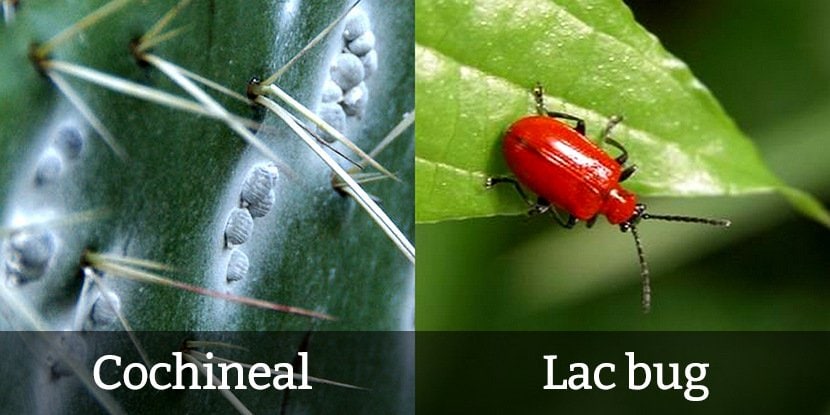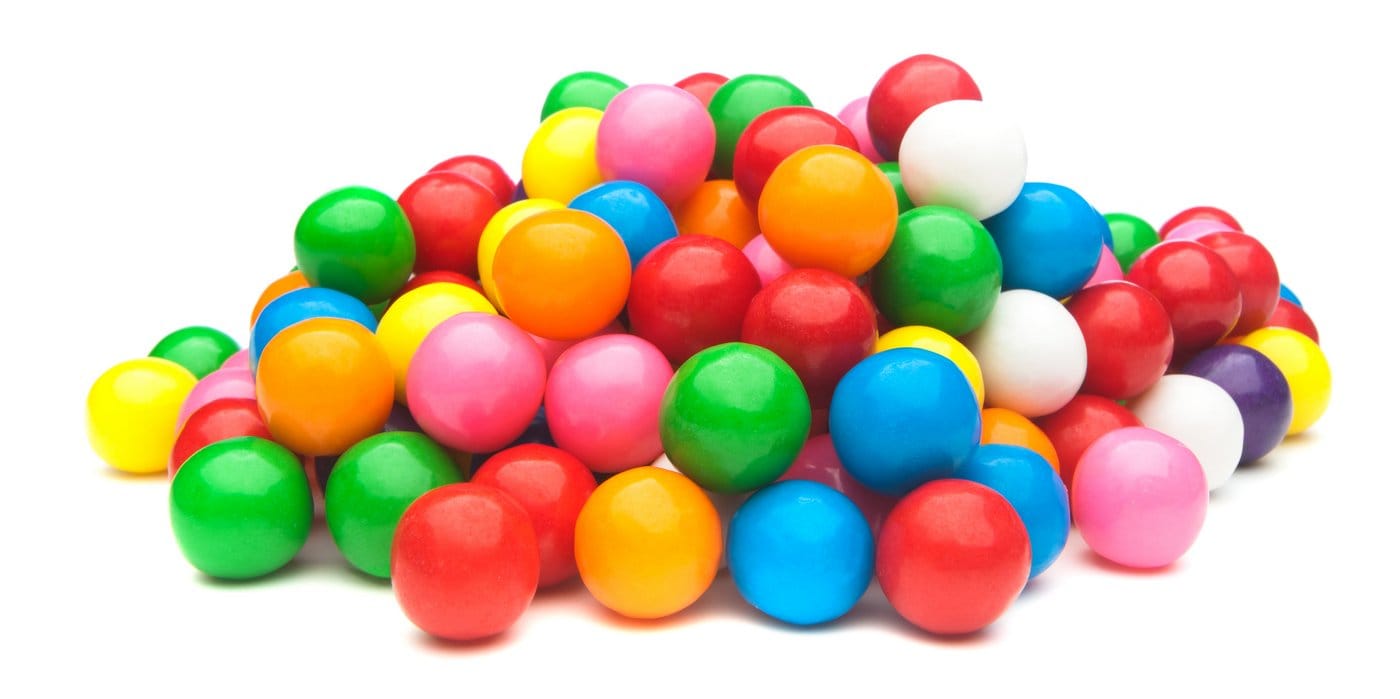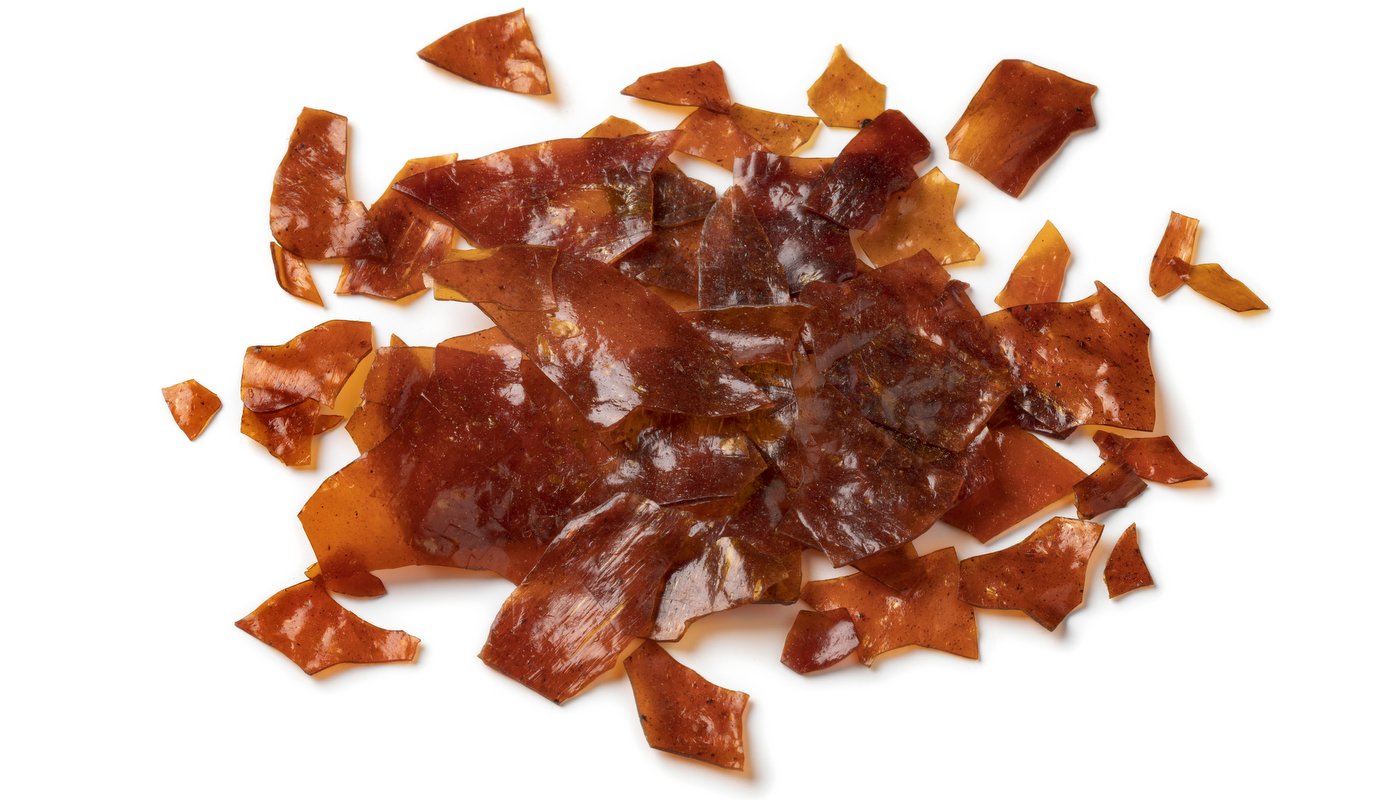It might be hard to believe that insects — yes, real, actual bugs — are used in modern food products.
We don’t just mean the incidental bug bits that happen to be in pretty much every food because there’s no practical way to remove them. Nope, this use of edible bugs is intentional, and we guesstimate that at least 99% of the population of North America has consumed some of the creepy crawlies.
Typical responses to this information: “No company in America would put bugs in food on purpose,” or “The food industry stopped doing things like that a century ago.” Those are usually followed immediately by a plea: “Please tell me I’m not really eating bugs.”
Insects in food? Don’t bug out
Sorry, it’s true: you’re probably eating bugs. Sorry. And yes, we mean insects are added to food found in modern, first-world countries — and not just in those creepy lollipops that have crickets embedded in them or the worms in bottles of mezcal.

Bugs in food: Seeing red?
The most major bug food additive you’re likely to encounter on a fairly regular basis is carmine (aka carminic acid, cochineal, Carmine 40, E120, Crimson Lake, Natural Red 4 and CI75470).
Carmine/cochineal is used as a red, pink or purple dye, and is made from the crushed female Dactylopius coccus, a little beetle bug that lives on certain cactus plants in South and Central America.
Though the insects look pretty blah on the outside, there’s lots of pigment inside those little critters.
Carmine is a bold colorant — it’s what makes a lot of strawberry yogurt pink, enhances the shade of several brands of pink grapefruit juice, livens up candies like Nerds and Mentos, brings out the red in some popular frozen dinners — it is even is found in products like shampoo and clothing dye.
Ick? Yes, but just think: By using carmine, at least the front label of whatever product can tout that it “contains only natural colors.” (Of course, cochineal extract isn’t vegan — nor is it kosher.)
Starbucks famously faced a PR nightmare in 2012 after customers realized what they were sipping and started seeing red, leading to headlines like, “Starbucks Strawberry Frappuccinos dyed with crushed up cochineal bugs, report says” from CBS, and “Is That A Crushed Bug In Your Frothy Starbucks Drink?” over at NPR. (Starbucks quickly responded by saying they would stop using “natural cochineal extract as a colorant.”)

A shiny bug’s life
Another common bug-related food isn’t actually made from bugs, but by bugs. It’s the little gals’ secretions.
Confectioner’s glaze (otherwise known as shellac, candy glaze, pharmaceutical glaze, “glazing agent” and E904) is produced by some insects that are actually related to the little carmine makers — they’re both in the Coccidae family. The glaze is commonly used to make things look pretty and glossy, plus gives them a protective coating.
This food-grade glaze/shellac is secreted by the female lac bug (Kerria lacca), which is mainly found in the tropical forests of India, Thailand and China.
The lac bug guzzles down some tree sap, and out the other end comes the raw shellac that the critters use make tunnel-like structures along the branches.
The resin is scraped from the trees, melted down and filtered, then dried and usually broken into flakes (shown below) before shipping to manufacturers around the globe. It’s a huge industry: Millions of people are able to support themselves by collecting and cleaning the shellac.

The resulting food-grade shellac is seemingly everywhere — added to things like Junior Mints, Whoppers, Jelly Bellies, gumballs, shiny apples, Chex Mix, and hundreds of other products — even pills. (Lac can also be used as a dye.)
What’s really wild about shellac, though, is that it’s not just used in food. It is the same stuff that is used to refinish wood floors, shows up in many cosmetics, was the main material used to make gramophone records in the days before vinyl, and has found many other uses all around the globe.
Hey — not too many things can boast of being both a food and a household varnish!
What’s the buzz?
Finally, there is, of course, what bees make: wax and honey. Honey has long been a common food product, and beeswax — in addition to being used in candles and beauty products — can be used to shine up everything from fresh fruit to candy.
Also made by bees is royal jelly — which is fed to future queens in the hive, but also available at a health food store near you (or, okay, Amazon) as a nutritional supplement for humans.
Bugs in food in history
The insects mentioned herein and their creations have been used for not just hundreds but thousands of years, by both primitive societies and modern-day man.
It’s interesting to realize that even in this day and age where seemingly every conceivable thing can be made inside a laboratory or factory, these little tiny bugs are still helpful enough to be part of billions of daily lives… even if some of us would really rather forget all about the creepy-crawly critter connection.










